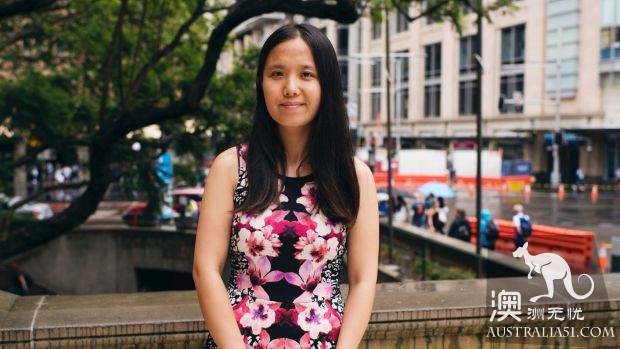"Beautiful but expensive": a true view of Sydney's life by overseas students.
According to a first-ever study of the experiences of overseas students studying in Australia, almost 90% of students in Sydney recommend Sydney as a place to live and study for their friends, despite complaints about the high cost of transportation and accommodation.
Sydney, Australia, attracts more international students than any other city, with about 50,000 enrolled in universities last year and 50,000 in vocational and language schools.
The size of Sydney students and their ability to help introduce Sydney to the world prompted goverment in Sydney to commission the study to UTS University.
"Foreign students have made a real contribution to Sydney's prosperity by enriching our cultural life and helping maintain ties between Sydney and the motherland," Sydney Mayor Clover Moore said.
When the students go home, we hope they can talk about life here and encourage their friends to come here.
"some people may return with their families as their careers develop."
"it all adds to Sydney's position as a global metropolis to attract and retain talent."
Although Sydney is often seen as a desirable and safe place to study, the survey found that a small number of foreign students were exploited, discriminated against and isolated by employers and landlords.
The two students told how foreign students were treated differently than local students.
Jing Su, a 28-year graduate student from Quanzhou, southeastern China, first saw Sydney at the opening ceremony of the 2000 Olympic Games.
"I always wanted to go to the United States, but I had two friends who returned home after studying here. When I asked them for advice, they said, 'you should go to Sydney, this is a great place.'"
"I've always liked the beach and the sun."
She said she found it relatively easy to find a place to stay and a temporary job on vacation, but it was expensive.
"the tuition fees for overseas students are very expensive," she said.
"We pay several times more than the local people, and we have to find our own accommodation and pay for the transportation, which is very expensive."
It is also difficult to break down barriers between different cultures.
"it's a little difficult for many of my friends, and I don't know why," she said.
"they came together automatically when we walked into the classroom."
"when we are in China, we are not used to raising our hands to ask questions when there are questions, and we think this will interrupt the teacher's lecture."
"but it has changed a lot since our generation."
Linus Faustin, a 22-year-old UTS communications student from Tanzania, arrived in Australia in 2015.
"finding a job is a challenge," he said, not just because of discrimination against foreign students.
He said it was unfair that foreign students could not enjoy concessionary bus fares.
"Foreign students have paid a lot of money to study full-time and we should enjoy the same fare," he said.
He says racial discrimination on buses is common, but the victims are not just foreign students.
UTS's research is based on online surveys and interviews implemented in mid-2016.
Eighty-eight percent of the respondents enjoyed studying in Sydney, 88 percent said they would recommend Sydney as a place to study, 66 percent had paid jobs, and 82 percent said they were treated equally at work. Fifty-five percent said they got help finding accommodation when they arrived in Sydney.
The biggest concerns before arrival were the cost of living, job hunting and speaking English, but they all disappeared when they lived here.
Sydney's universities have benefited from international students over the past decade, charging at most four times as much as local students.
In October 2016, Australia had six hundred and eighty two thousand nine hundred and ninety nine students, 256875 of whom were in New York.
Most of them came from China, with 72429 people, followed by India, Thailand, Brazil and Indonesia.
